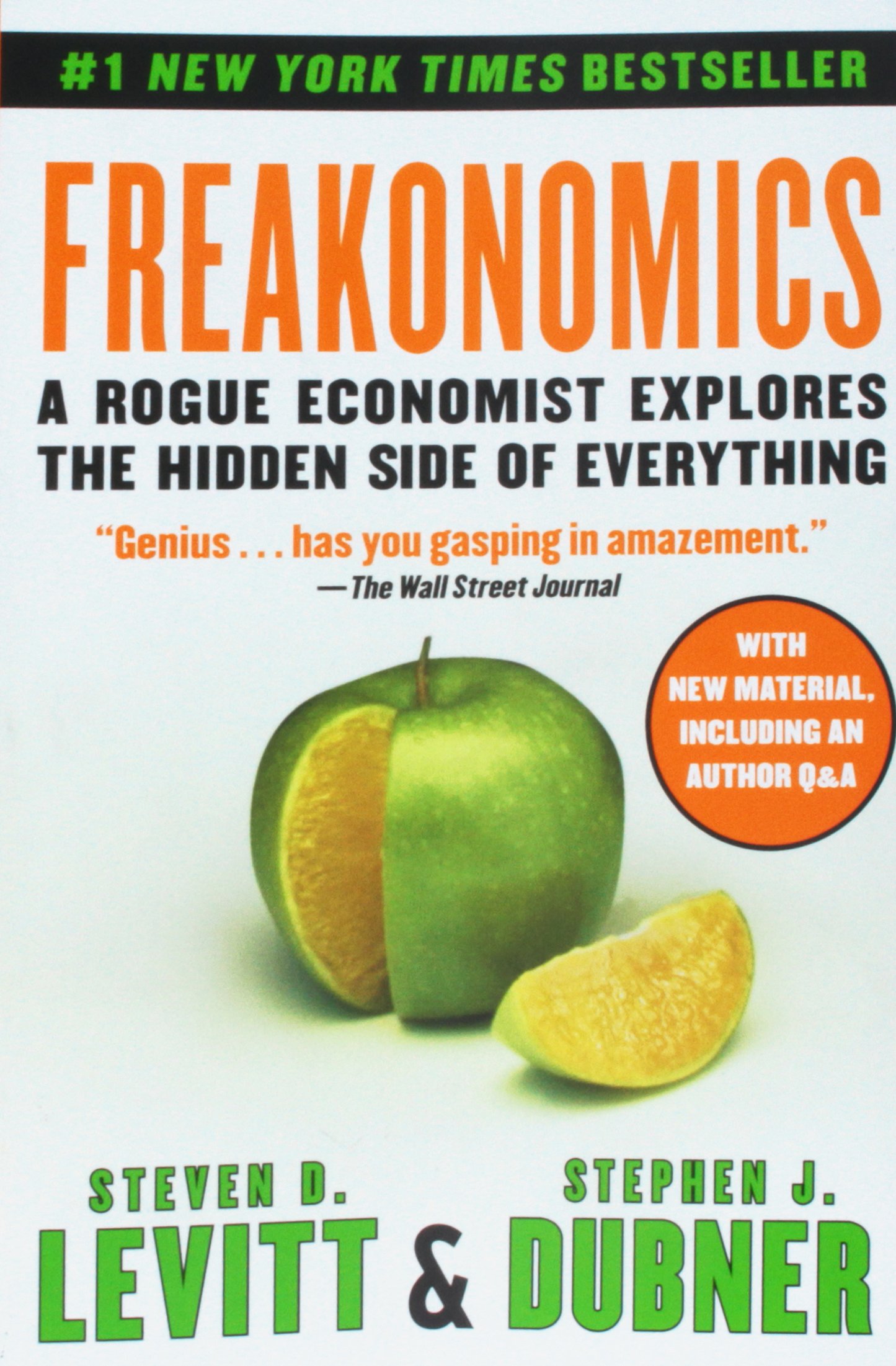
Freakonomics: A Rogue Economist Explores the Hidden Side of Everything
von Steven D. Levitt und Stephen J Dubner
Well, for the same reason that a pretty Wisconsin farm girl moves to Hollywood. For the same reason that a high-school quarterback wakes up at 5 a.m. to lift weights. They all want to succeed in an extremely competitive field in which, if you reach the top, you are paid a fortune (to say nothing of the attendant glory and power).
But criminals, like everyone else, respond to incentives.
The delicate balance between these factors helps explain why, for instance, the typical prostitute earns more than the typical architect. It may not seem as though she should. The architect would appear to be more skilled (as the word is usually defined) and better educated (again, as usually defined). But little girls don’t grow up dreaming of becoming prostitutes, so the supply of potential prostitutes is relatively small. Their skills, while not necessarily “specialized,” are practiced in a very specialized context. The job is unpleasant and forbidding in at least two significant ways: the likelihood of violence and the lost opportunity of having a stable family life. As for demand? Let’s just say that an architect is more likely to hire a prostitute than vice versa.
J. T. had several homes, several women, several cars. He also had his business education, of course. He constantly worked to extend this advantage. That was why he ordered the corporate-style bookkeeping that eventually found its way into Sudhir Venkatesh’s hands. No other franchise leader had ever done such a thing. J. T. once showed his ledgers to the board of directors to prove, as if proof were needed, the extent of his business acumen.
So if you were the kind of person who might want to commit a crime, the incentives were lining up in your favor: a slimmer likelihood of being convicted and, if convicted, a shorter prison term. Because criminals respond to incentives as readily as anyone, the result was a surge in crime.
“The basic reality,” Sandman told The New York Times, “is that the risks that scare people and the risks that kill people are very different.”
The per-hour death rate of driving versus flying, however, is about equal. The two contraptions are equally likely (or, in truth, unlikely) to lead to death.
(To control for a variable is essentially to eliminate its influence, much as one golfer uses a handicap against another. In the case of an academic study such as the ECLS, a researcher might control for any number of disadvantages that one student might carry when measured against the average student.)